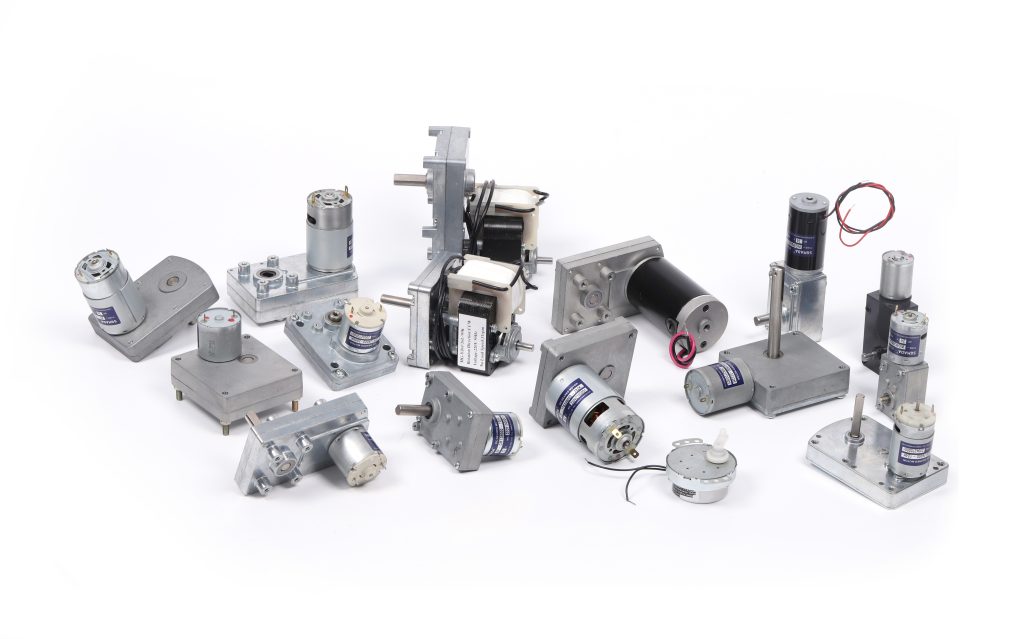Mobile:+86-311-808-126-83
Email:info@ydcastings.com
Casting Process and Techniques for Aluminum Billet Production and Quality Enhancement
Aluminum Billet Casting An Overview
Aluminum has become a crucial material in various industries due to its lightweight, durability, and excellent corrosion resistance. Among its various forms, aluminum billets are a favored choice for manufacturers, engineers, and designers. The process of aluminum billet casting is fundamental to the production of these aluminum profiles, which serve as the foundation for numerous applications.
What is Aluminum Billet?
An aluminum billet is a solid block of aluminum that has been cast, typically into a cylindrical or rectangular shape. This form can be further processed through various methods such as extrusion, forging, or machining to produce numerous components used in automotive, aerospace, construction, and consumer products. The versatility of aluminum billets makes them an integral part of modern manufacturing.
The Casting Process
The casting of aluminum billets involves several key steps. First, aluminum scrap or ingots are melted down in a furnace at high temperatures, typically exceeding 660 degrees Celsius (1220 degrees Fahrenheit). This molten aluminum is then carefully poured into molds that shape it into billets. The molds can be made from various materials, including steel or cast iron, designed to withstand the heat and pressure of molten aluminum.
Once filled, the molten aluminum is allowed to cool and solidify, forming the desired billet shape. The cooling process is critical; if cooled too quickly, it can lead to defects such as cracks or porosity within the material. To mitigate these risks, controlled cooling methods may be employed.
Benefits of Aluminum Billet Casting
Aluminum billet casting offers several advantages
1. Improved Material Properties The casting process can enhance the mechanical properties of aluminum, yielding a product that is both strong and lightweight. The resulting billets often exhibit good ductility and corrosion resistance, making them suitable for various environments.
aluminum billet casting

2. Customization Manufacturers can create aluminum billets in a range of sizes and shapes to meet specific production needs. This customization capability allows industries to utilize aluminum billets in a diverse array of applications.
3. Cost-Effectiveness Compared to other manufacturing processes, casting can be more economical, especially for large-scale production runs. The ability to reuse aluminum scrap also contributes to lower material costs.
4. Reduced Waste The casting process generates less waste compared to machining methods, where excess material is often removed to create final parts. This makes casting a more environmentally-friendly option.
Applications of Aluminum Billets
The versatility of aluminum billets leads to their use in numerous applications across various sectors. In the automotive industry, they are often used to create structural components, engine parts, and chassis. The aerospace sector utilizes aluminum billets for their lightweight yet robust nature, applying them in aircraft frames and parts. In construction, aluminum billets are used for window frames, structural supports, and decorative elements. Additionally, consumer goods ranging from kitchen utensils to sports equipment are commonly manufactured from aluminum extrusions derived from these billets.
Challenges in Aluminum Billet Casting
Despite its advantages, aluminum billet casting is not without challenges. Ensuring uniform composition and quality within the billets can be difficult, as variations in the material can lead to performance issues. Moreover, the need for quality control and inspection processes during and after casting adds to production costs and time. Manufacturers must also navigate the complexities of recycling and waste management, particularly when working with recycled aluminum sources.
Conclusion
Aluminum billet casting is a vital process in manufacturing, offering numerous benefits such as customization, cost-effectiveness, and environmental sustainability. With applications spanning multiple industries, understanding the intricacies of this process is essential for those involved in metallurgy and production. As technology advances, the methods of casting and the quality of aluminum billets are likely to improve, further solidifying aluminum's role as a leading material in modern manufacturing.
-
Why Should You Invest in Superior Pump Castings for Your Equipment?NewsJun.09,2025
-
Unlock Performance Potential with Stainless Impellers and Aluminum End CapsNewsJun.09,2025
-
Revolutionize Your Machinery with Superior Cast Iron and Aluminum ComponentsNewsJun.09,2025
-
Revolutionize Fluid Dynamics with Premium Pump ComponentsNewsJun.09,2025
-
Optimizing Industrial Systems with Essential Valve ComponentsNewsJun.09,2025
-
Elevate Grid Efficiency with High-Precision Power CastingsNewsJun.09,2025











